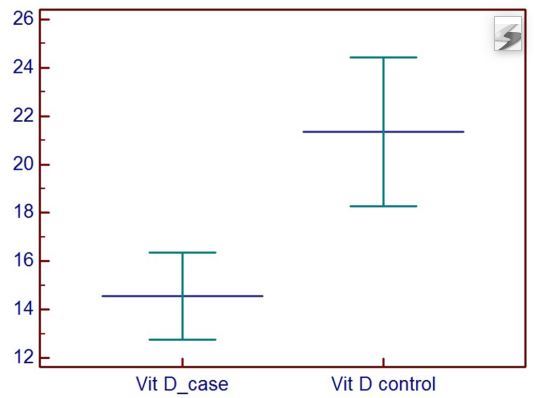Children with forearm fractures have lower levels of vitamin D
Prevalence of vitamin D insufficiency in children with forearm fractures
J Child Orthop. 2017 Jun 1; 11(3): 180–184., doi: 10.1302/1863-2548.11.160008
PMCID: PMC5548032
Y. Saglam,1 H. Kizildag,2 G. Toprak,3 N. B. Alp,4 and E. Y. Yalcinkaya5,a
📝 Download the PDF from Vitamin D Life

Purpose
This study aimed to determine whether children with distal radius impaction fractures have increased prevalence of 25-hydroxyvitamin D (25(OH) D) insufficiency compared with healthy controls.
Patients and Methods
This is a prospective controlled study. The 30 children who were diagnosed with forearm fracture at the orthopaedic emergency clinic were included in the study and 30 healthy children from the routine paediatric outpatient unit were included as the control group. Peripheric venous 25(OH) D, calcium (Ca), magnesium (Mg), phosphor (P), alkaline phosphatase (ALP) and parathyroid hormone (PTH) of both groups were recorded.
The sample size was estimated based on the effect size for a type I error of 5% and power of 80%.
Results
Demographic characteristics of the two groups did not differ in terms of weekly physical activity levels and breast milk intake. The mean whole body BMI was similar in both groups of patients. History of previous fracture and 25(OH) D level were significantly lower in the patient group than the control group.
Conclusion
In the present study, the prevalence of vitamin D insufficiency or deficiency was higher in patients with forearm impaction type fractures than healthy controls and the baseline levels reported in the literature. In addition, there were no significant differences in serum Ca, Mg, P, ALP and PTH levels between the healthy controls and the patient group.
